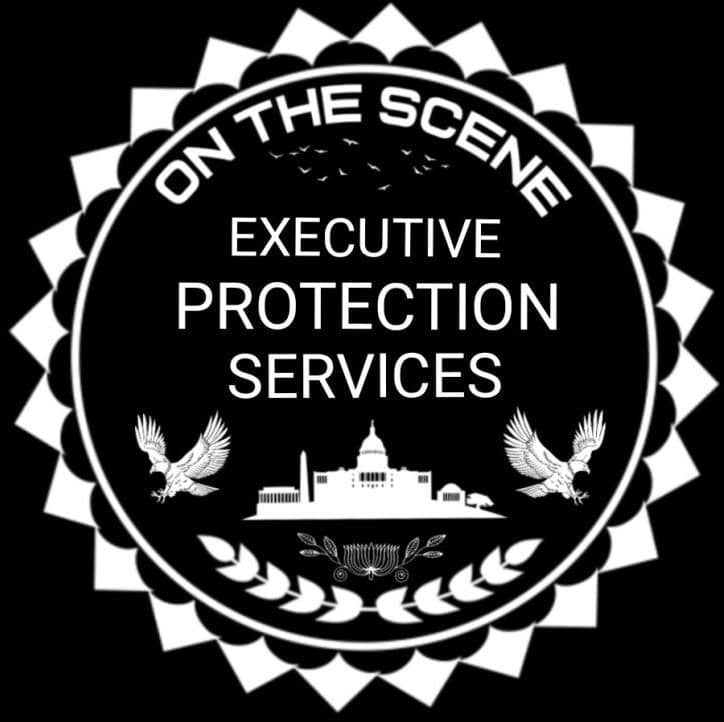When it comes to safeguarding high-value individuals, assets, or events, the terms “executive protection” and “security guard services” are often used interchangeably. While both share the common goal of ensuring safety and security, they represent distinct approaches and levels of expertise. In this article, we’ll delve into the nuances that set Executive Protection apart from traditional Security Guard Services, particularly in the context of OTS Executive VIP Protection.
1. **The Scope of Responsibility:**
**Security Guard Services:** Security guards primarily focus on protecting a specific location, property, or assets. They are often stationed at entry points, conduct routine patrols, and monitor surveillance equipment.
Executive Protection:** Executive Protection, on the other hand, extends far beyond physical locations. It involves safeguarding high-profile individuals, executives, dignitaries, or celebrities, along with their reputation, privacy, and well-being. This comprehensive approach encompasses a broader range of potential threats, both physical and non-physical.
2. **Training and Expertise:**
Security Guard Services:** Security guards typically receive training in basic security procedures, access control, and incident reporting. Their responsibilities are more static and focused on maintaining the security of a specific site.
Executive Protection:** Executive Protection specialists undergo extensive training in threat assessment, risk management, crisis response, emergency medical care, and defensive tactics. Their training equips them to handle a wide spectrum of security challenges, from physical threats to cyber threats and privacy concerns.
3. **Discreet and Personalized Approach:**
Security Guard Services:** Security guards often have a visible presence, deterring potential intruders through their presence alone. Their interactions with individuals are usually limited to access control.
Executive Protection:** Executive Protection is designed to be discreet and unobtrusive. Agents blend seamlessly into the client’s daily life, whether at work, home, or during travel. This approach minimizes disruption and ensures the client’s safety without drawing unnecessary attention.
4. **Risk Assessment and Mitigation:**
Security Guard Services:** Security guards are generally focused on responding to security incidents as they occur. Their role is reactive, addressing threats once they manifest.
**Executive Protection:** Executive Protection takes a proactive stance by conducting thorough risk assessments. Specialists identify potential risks and vulnerabilities in advance, allowing for strategic planning and threat mitigation before any harm can occur.
5. **Privacy and Reputation Protection:**
security Guard Services:** Security guards are primarily concerned with physical security and access control. They may not be equipped to handle non-physical threats, such as cyber threats or privacy breaches.
Executive Protection:** Executive Protection services include the safeguarding of personal and professional reputations, privacy, and online presence. Agents work diligently to prevent reputational damage and privacy intrusions.
In conclusion, while both Executive Protection and Security Guard Services play crucial roles in maintaining safety and security, they cater to different needs and scenarios. OTS Executive VIP Protection specializes in the comprehensive, discreet, and highly skilled field of Executive Protection, ensuring the safety and well-being of high-profile individuals and their interests. Understanding the distinctions between these services allows clients to make informed decisions and choose the most suitable security solution for their unique requirements.
